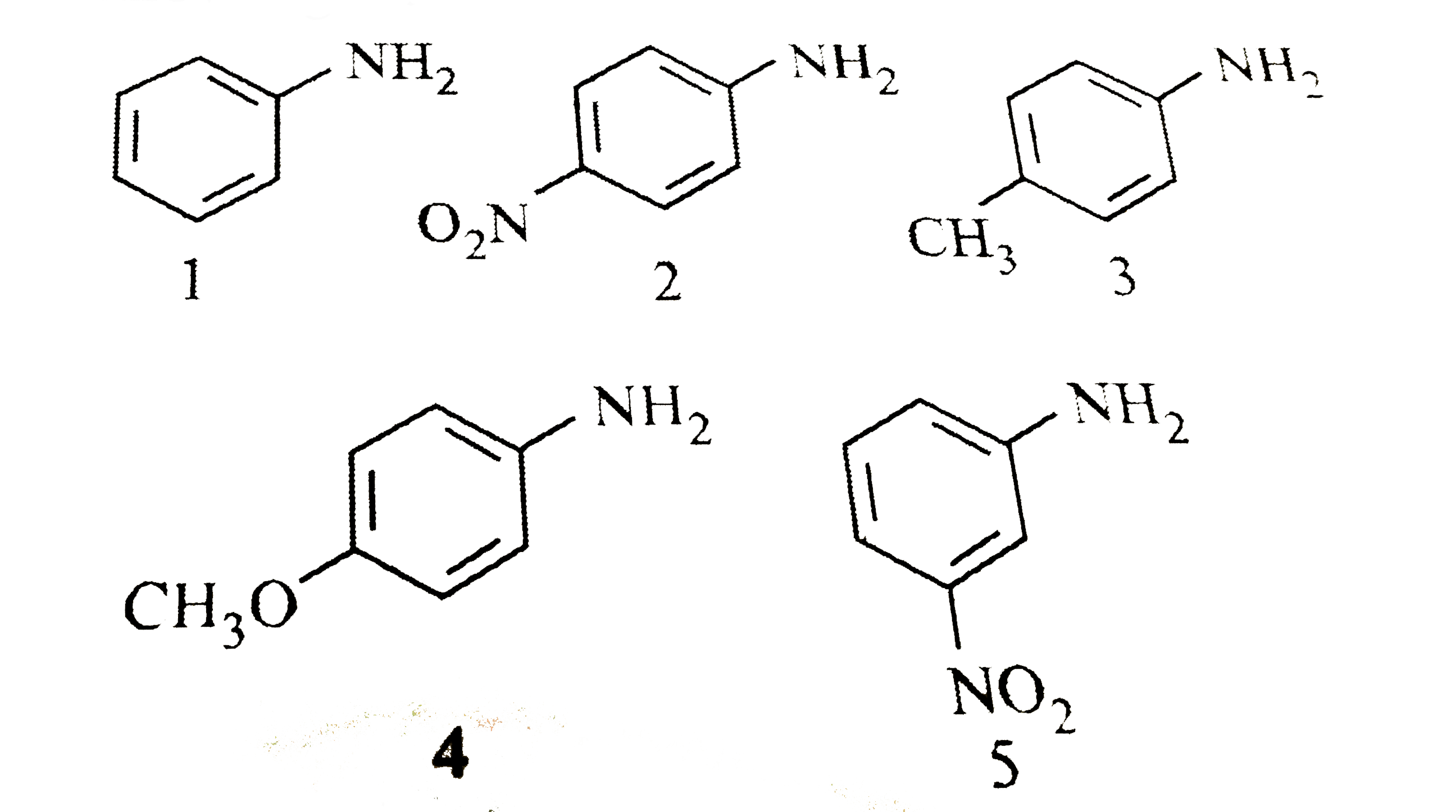The correct order of electropositive nature of Li,Na and K is
Li>Na>K
Li>K>Na
Na>K>Li
K>Na>Li
To determine the correct order of electropositive nature of lithium (Li), sodium (Na), and potassium (K), we need to analyze the properties of these alkali metals in relation to their position in the periodic table.
1. Understanding Electropositive Nature:
- Electropositive nature refers to the ability of an element to lose electrons easily and form positive ions (cations). The more easily an element can lose an electron, the more electropositive it is.
2. Position in the Periodic Table:
- Lithium (Li), sodium (Na), and potassium (K) are all alkali metals located in Group 1 of the periodic table. As we move down the group from Li to K, the atomic size increases.
3. Atomic Size and Ionization Energy:
- As we go down the group, the atomic radius increases due to the addition of electron shells. A larger atomic size means that the outermost electron is further away from the nucleus, which results in a weaker attraction between the nucleus and the outermost electron.
- Consequently, the ionization energy (the energy required to remove the outermost electron) decreases down the group. This means that it is easier to remove the outermost electron from potassium than from sodium or lithium.
4. Comparing Li, Na, and K:
- Lithium (Li): Smallest atomic size, highest ionization energy, least electropositive.
- Sodium (Na): Intermediate atomic size and ionization energy, more electropositive than lithium.
- Potassium (K): Largest atomic size, lowest ionization energy, most electropositive.
5. Conclusion:
- Based on the above analysis, the correct order of electropositive nature for Li, Na, and K is:
- K > Na > Li
Final Answer:
The correct order of electropositive nature is: K > Na > Li.
- Electropositive nature refers to the ability of an element to lose electrons easily and form positive ions (cations). The more easily an element can lose an electron, the more electropositive it is.
- Lithium (Li), sodium (Na), and potassium (K) are all alkali metals located in Group 1 of the periodic table. As we move down the group from Li to K, the atomic size increases.
- As we go down the group, the atomic radius increases due to the addition of electron shells. A larger atomic size means that the outermost electron is further away from the nucleus, which results in a weaker attraction between the nucleus and the outermost electron.
- Consequently, the ionization energy (the energy required to remove the outermost electron) decreases down the group. This means that it is easier to remove the outermost electron from potassium than from sodium or lithium.
- Lithium (Li): Smallest atomic size, highest ionization energy, least electropositive.
- Sodium (Na): Intermediate atomic size and ionization energy, more electropositive than lithium.
- Potassium (K): Largest atomic size, lowest ionization energy, most electropositive.
- Based on the above analysis, the correct order of electropositive nature for Li, Na, and K is:
- K > Na > Li
The correct order of electropositive nature is: K > Na > Li.
Similar Questions
Knowledge Check

The correct order of decreasing value of Keq is :Aa>b>c>dBd>a>b>cCd>b>a>cDd>a>c>d
The correct order of decreasing ionic nature of lead dihalides is:
View SolutionThe correct order of increasing basic nature of the following bases is

View SolutionCorrect order of acidic nature of C-H bond will be
_CHE_E06_234_Q01.png)
View SolutionThe correct order of decreasing radius of aquated Na+,K+ and Li+ is:
View SolutionThe main oxides formed on combustion of Li,Na and K in excess of air respectively are
View SolutionThe correct order of third ionization energies (IE3) of Na, Mg and Al is
View SolutionThe correct arrangement of decreasing order of atomic radius among Na,K,Mg and Rb is
View Solution
